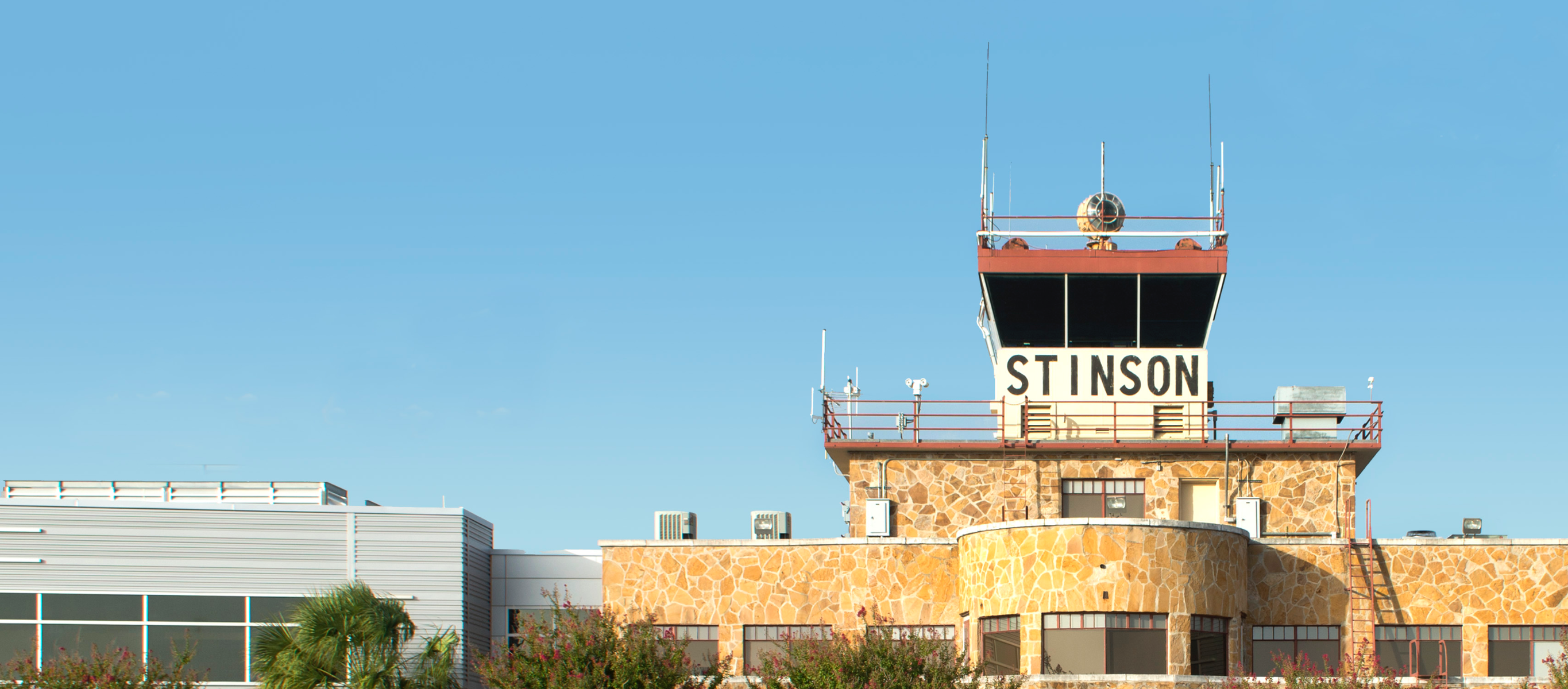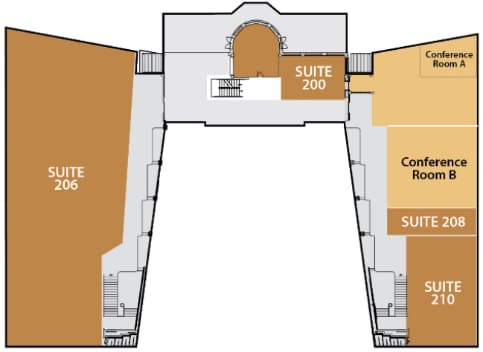
Stinson
About
A CENTURY OF AVIATION
A Passion for Flying
It started in 1915, when three siblings and two passions came together to create the Stinson School of Flying. Marjorie, Katherine and Eddie Stinson had a passion for flying, but Katherine had a passion for music as well, and, as fate would have it, a newspaper article managed to tie the two loves together. The article said that barnstorming pilots or exhibition pilots were earning $1,000 dollars a show. “So she wanted to take that money and go to Europe and eventually study piano and that was her entry into aviation,” according to Aviation Assistant Director Tim O’Krongley.

With a plan in place, Katherine got to work in starting the school. Eddie Stinson, her brother, selected a plot of land south of town just west of the San Antonio River. Her sister, Marjorie, went to City Council to petition them to open up the school. City Council rented her 500 acres for $5 per year. It was a good deal, O’Krongley says.
In the years that followed, Katherine made the trip to Europe but it was her love of flying and not her love of music that would take her there. She flew to England, Japan and China, becoming the first woman to perform the loop-the-loop maneuver. She set successive endurance and distance records and raised $2 million dollars for the American Red Cross. Meanwhile, Marjorie and Eddie continued to expand operations at the Stinson School of Flying, teaching civilian students like Jack Frost and pilots from the Canadian Air Force. World War I eventually brought a ban on civilian flying, marking the end of the Stinson School of Flying.
The Boom Years
During World War I and afterwards, the airfield was run by the City of San Antonio. According to O’Krongley, the airport was used primarily by barnstormers and experimental pilots until the late 1920s or early 1930s. For a few years, Stinson served as a commercial airport with airline service from American, Braniff and Eastern Airlines. In 1935/36, a new terminal building was built as a Works Progress Administration (WPA) project.
During World War II, the Air Force took control of the airport and utilized it as a training base. The military constructed more than 100 buildings, some of which are still standing. However, after World War II, Stinson’s era of commercial airline service was over as commercial airlines moved to San Antonio International Airport.
Still Growing Strong
Stinson continues to grow. In 2008, a major capital project to expand the terminal was completed. The expansion added two wings and more than 24,000 square feet of additional space for administrative, concession, corporate Fixed-Based Operators, education and commercial uses. Importantly, the expansion left the original terminal virtually untouched.
In 2015, Stinson celebrated its 100-year anniversary and a century of Aviation in San Antonio. Pointing to the next century for Stinson Municipal Airport, construction is complete on a new traffic control tower and operation began in 2019.
Stinson Terminal Map
1st Floor

2nd Floor

Need Directions?
8535 Mission Road, San Antonio, TX 78214
View Google Map
Plan for the Future
Over the past year, a planning project has been underway for Stinson that is focused on defining the future improvements and developments that are necessary at the airport over the next 20+ years.
The Open House on January 18, 2023 provided Stinson stakeholders and the community an opportunity to see the proposed future development plans for the airport and provide feedback. Please explore the various airfield and landside alternatives that were presented.